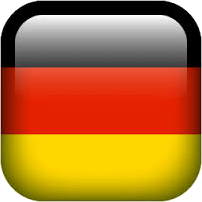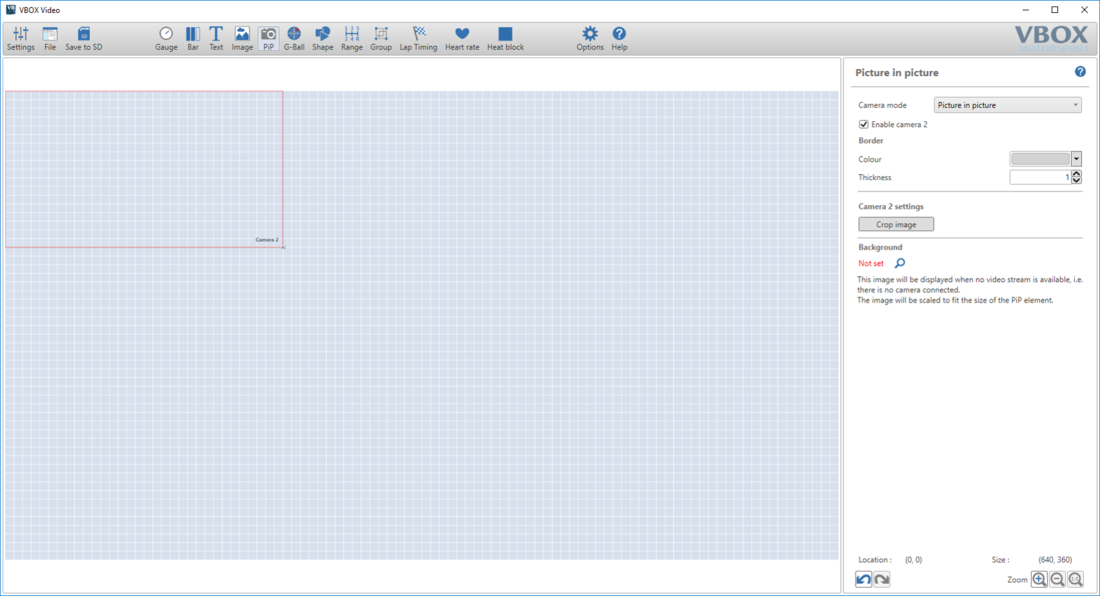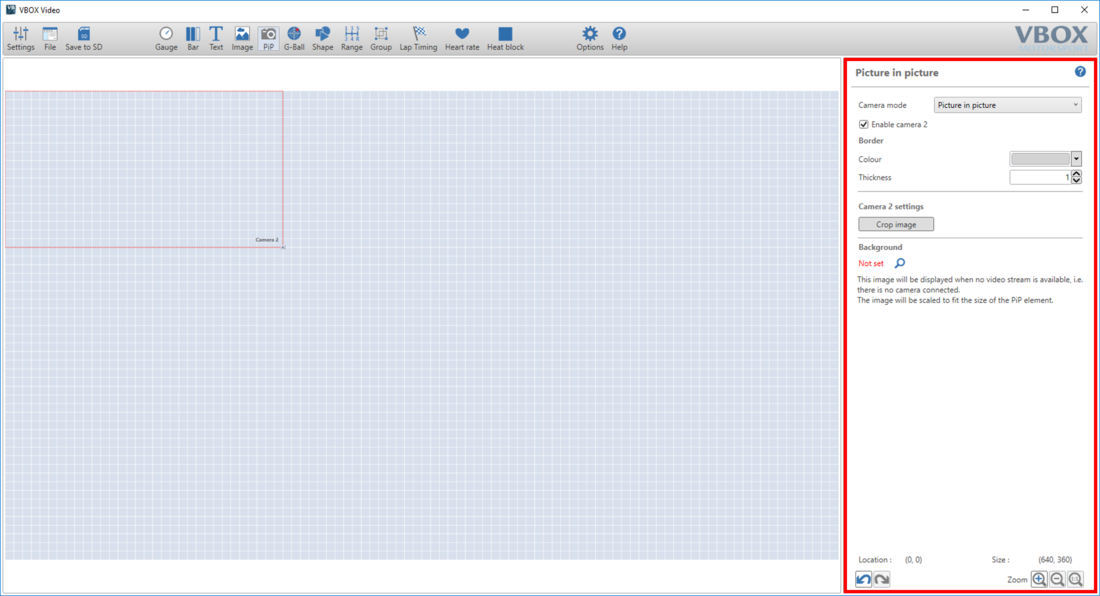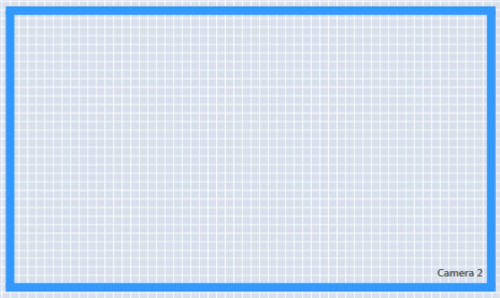HD2 - Picture in Picture Element - Windows

VBOX Video HD2 software allows the user to configure a second camera input. There are three camera modes available; picture in picture, two camera and floating camera.
Adding a second camera
Add a second camera to the scene by clicking the ‘PiP’ icon from the top menu bar.
.png?revision=1)
This will add a second camera input to the scene. The default setting is picture in picture.

Camera Modes
PiP
A picture-in-picture element will display a second camera input over the top of the main camera 1 input.
The camera that is connected into CAM1 on the VBOX Video HD2 will always show as the main camera, and the camera that is connected into CAM2 will always show as a picture-in-picture.
.png?revision=1)
Once a PiP camera input has been added to the scene, it can be moved by clicking and dragging it to a new location.
Resize the image using the icon in the bottom right hand corner.
Note: To avoid camera distortion, the aspect ratio of the PiP is fixed.
.png?revision=1)
Two camera
Two camera mode allows camera inputs 1 and 2 to show on a split screen. The remainder of the video screen will show as blue unless it is covered with another image or shape element.
.png?revision=1)
The positions of camera 1 and 2 can be altered using the ‘Camera locations’ options. These can be found in the right hand column when the camera element is selected.
.png?revision=1)
Floating Camera
This mode allows two picture-in-picture camera elements to be set. The main camera input becomes a PiP labelled ‘Camera 1’ and the secondary camera remains labelled ‘Camera 2’. The remainder of the video screen will show as blue unless it is covered with another image or shape element.
.png?revision=1)
These two PiP elements can be moved by clicking and dragging it to a new location.
Resize the image using the icon in the bottom right hand corner when the element is selected.
Note: To avoid camera distortion, the aspect ratio of the PiP is fixed.
Settings
When an element is selected, its settings are shown in the right hand panel.

Border colour and thickness
All PiP elements must have a border around them - the default setting is a thin, light grey border. Within the right hand panel, a drop down box for colour and a text box for thickness can be found.
.png?revision=1)
Clicking on the drop down box for colour allows the user to set a specific colour.
.png?revision=1)
A thickness value between 1 and 5 can be set using the text box.
|
Border Thickness of 1 |
Border Thickness of 5 |
Camera Settings
PiP Cropping
To crop a camera input, click on the ‘crop image’ button. When this is pressed, the camera input selected will be put into crop mode.
.png?revision=1)
When in crop mode, a grey rectangle will show over the camera input. Move and resize the rectangle over the camera to set the section you wish to display.
.png?revision=1)
When you are happy with the section of the camera you want to display, press OK within the settings menu.
.png?revision=1)

The camera input can then be moved by clicking and dragging it to a new location.
Resize the image using the icon in the bottom right hand corner.
Notes:
- To avoid camera distortion, the aspect ratio of the PiP is fixed.
- Camera images cannot be up scaled.
Background
A picture-in-picture background image can be added by clicking the search icon  within the Settings panel. Adding an image will ensure that when no picture-in-picture video stream is available, the image is shown on the recorded video rather than a blank window.
within the Settings panel. Adding an image will ensure that when no picture-in-picture video stream is available, the image is shown on the recorded video rather than a blank window.
Note: The image will be scaled to fit the size of the PiP element.


.png?revision=1)
.png?revision=1)